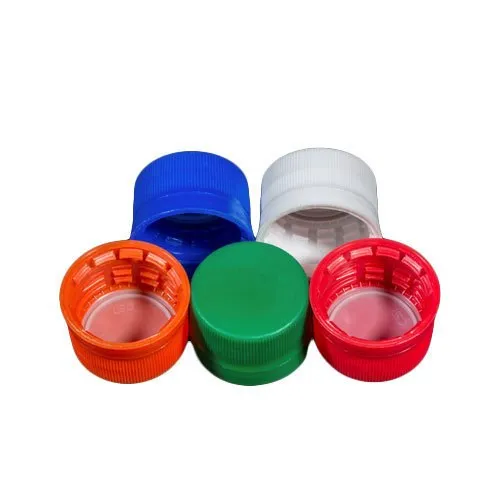Long & Jones invented Bottle Caps designed to indicate if it has been opened
- T. Brookshire
- Dec 16, 2023
- 3 min read
Updated: Dec 17, 2023

In 1898, African American inventors Amos E. Long and Albert A. Jones made a significant contribution to the world of packaging with their invention of the Single-use Bottle Cap.
This innovation came just six years after William Painter's original crown bottle cap, enhancing its design in several key ways. By the 1880s, bottled carbonated beverages were already popular, but there was a persistent issue with the reliability of stoppers and bottle caps. Painter's crown cap, while a step forward, did not completely resolve the problem of insufficient sealing, leading to leakage of liquids and carbonated gases. Long and Jones’s invention aimed to address these shortcomings. Their cap was not just a sealing mechanism; it was designed to indicate whether a bottle had been opened, enhancing the integrity of the bottled products.
The significance of Long and Jones's invention extends beyond its technical merits. As African American inventors in the late 19th century, they faced substantial barriers due to racial prejudice and limited access to resources. Despite these challenges, they succeeded in making a notable contribution to a field that was rapidly growing in importance. Their achievement is a testament to the resilience and ingenuity of black inventors during a period when their contributions were often overlooked or marginalized.

Key Benefits
Long and Jones's bottle cap offered three key benefits over the existing technology:
1. Tamper-Evidence: Unlike previous designs, their cap provided clear visual, tactile, and auditory indications if a bottle had been previously opened. This tamper-evident feature was vital in building consumer trust, especially important for products consumed directly, such as beverages and pharmaceuticals.
2. Improved Sealing: Their design enhanced the seal's effectiveness, ensuring the contents remained fresh and preventing leakage. This was crucial for maintaining the quality and shelf life of carbonated beverages, which were prone to losing their fizz if not properly sealed.
3. Versatility and Safety: The cap was adaptable to various types of bottles and jars, increasing its utility across different industries. Moreover, the clear indication of tampering also added a layer of safety, alerting consumers to potential contamination or tampering – a concern in both the food and beverage and pharmaceutical sectors.

Bottle Cap Design Points
The cap’s design, featuring resilient sheet-metal tongues that automatically engaged beneath a flange on the vessel, was an ingenious solution. Once attached, the cap could not be removed without being visibly damaged, providing an unmistakable sign of tampering. This feature was revolutionary for its time and laid the groundwork for the tamper-evident packaging standards we see today.

Precursor to 1980's Tylenol Tampering Case
Moreover, the invention of Long and Jones can be seen as a precursor to modern safety standards in packaging. Their emphasis on tamper evidence predated the widespread adoption of such features, which became particularly significant in the wake of incidents like the Tylenol tampering case in the 1980s. By setting an early standard for packaging integrity, they indirectly contributed to the development of safer packaging practices across numerous industries.
Legacy
In conclusion, the invention of the single-use bottle cap by Amos E. Long and Albert A. Jones was a remarkable achievement, particularly considering the societal challenges they faced. Their innovative design not only improved upon William Painter's original concept but also introduced critical features in packaging that have become industry standards. Their work stands as a testament to the vital contributions of African American inventors and the enduring impact of their innovations on consumer safety and product integrity














